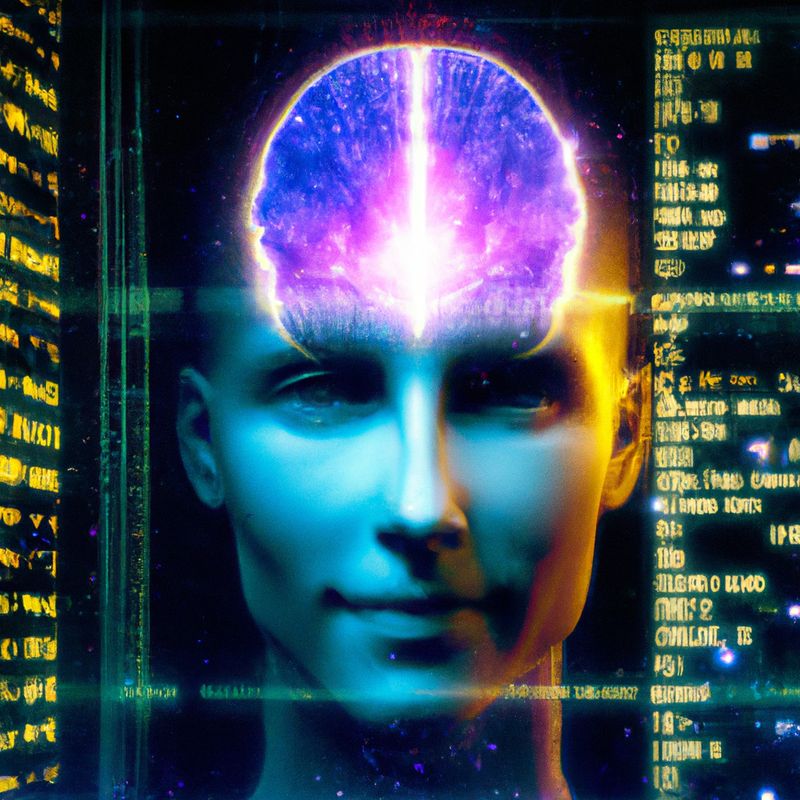A Deeper Look at Artificial Intelligence in Science and Development

Artificial intelligence (AI) is a rapidly growing field of computer science that has the potential to revolutionize how we interact with the world around us. AI is already being used in a variety of fields, from robotics and healthcare to finance and manufacturing. In this article, we'll take a deeper look at AI in science and development, exploring the ways in which it can be used to help us solve some of the most pressing problems facing humanity today.
What is Artificial Intelligence?
At its core, AI is the study of how computers can learn to act and think like humans. It involves the development of algorithms that enable computers to recognize patterns, make decisions, and solve problems without needing to be explicitly programmed. AI has the potential to revolutionize many aspects of our lives, from healthcare to transportation, by providing us with more accurate and efficient solutions to the problems we face.
AI in Science and Development
AI has already begun to revolutionize the way we approach scientific research. AI-powered systems can be used to analyze large datasets and uncover patterns and correlations that may be difficult for humans to detect. This can lead to more accurate predictions and better decisions in areas such as medicine, biology, and engineering. AI can also be used to automate mundane tasks, freeing up scientists to focus on more complex problems.
AI is also becoming increasingly important in the development of new technologies. AI-powered systems can be used to develop more efficient and accurate algorithms for tasks such as image recognition, natural language processing, and autonomous vehicles. AI can also be used to improve the accuracy and speed of decision-making processes, such as in the development of autonomous robots and drones.
The Benefits of AI in Science and Development
AI has the potential to revolutionize the way we approach scientific research and development. By automating mundane tasks, AI can free up scientists to focus on more complex problems. AI can also be used to analyze large datasets and uncover patterns that may be difficult for humans to detect. This can lead to more accurate predictions and better decisions in areas such as medicine, biology, and engineering.
AI also has the potential to improve the accuracy and speed of decision-making processes, such as in the development of autonomous robots and drones. This could lead to faster and more efficient solutions to the problems we face. Finally, AI can be used to develop more efficient and accurate algorithms for tasks such as image recognition, natural language processing, and autonomous vehicles.
The Challenges of AI in Science and Development
While AI has the potential to revolutionize the way we approach scientific research and development, there are also a number of challenges that must be addressed. One of the biggest challenges is the lack of transparency in AI systems. As AI systems become more complex, it can be difficult for humans to understand how the algorithms are making decisions. This lack of transparency can lead to biases and errors in the decision-making process.
Another challenge is the potential for AI to be used for malicious purposes. AI-powered systems can be used to automate tasks that could be used for nefarious purposes, such as creating fake news or manipulating markets. It is important that we develop safeguards to ensure that AI systems are used responsibly.
Conclusion
AI is already beginning to revolutionize the way we approach scientific research and development. AI can be used to automate mundane tasks, uncover patterns in large datasets, and develop more efficient and accurate algorithms for tasks such as image recognition, natural language processing, and autonomous vehicles. However, there are also a number of challenges that must be addressed, such as the lack of transparency in AI systems and the potential for AI to be used for malicious purposes. It is important that we continue to develop safeguards to ensure that AI is used responsibly.
